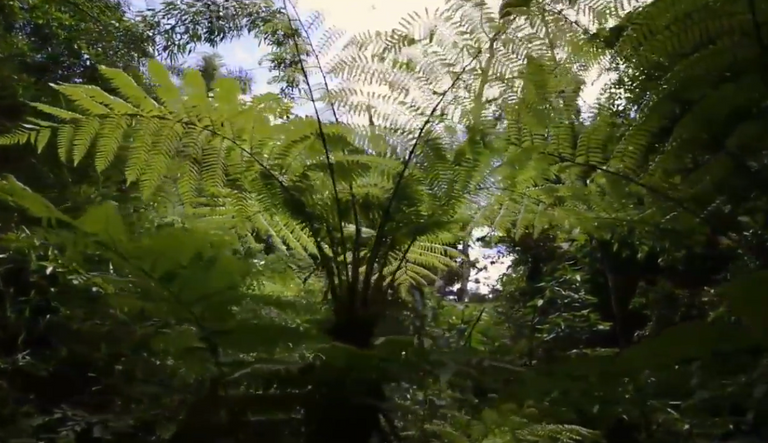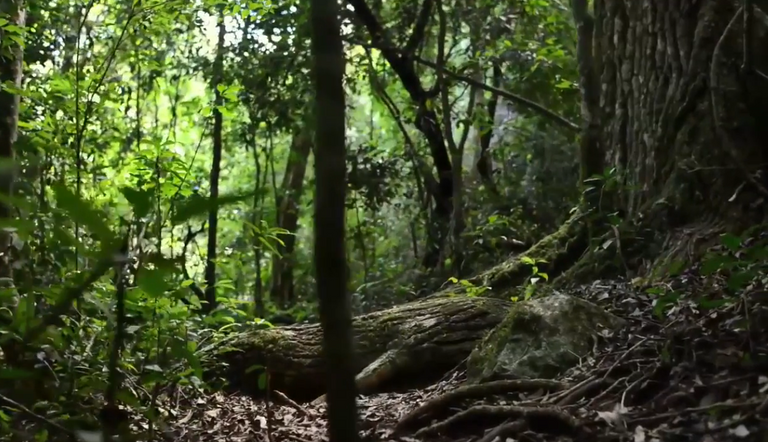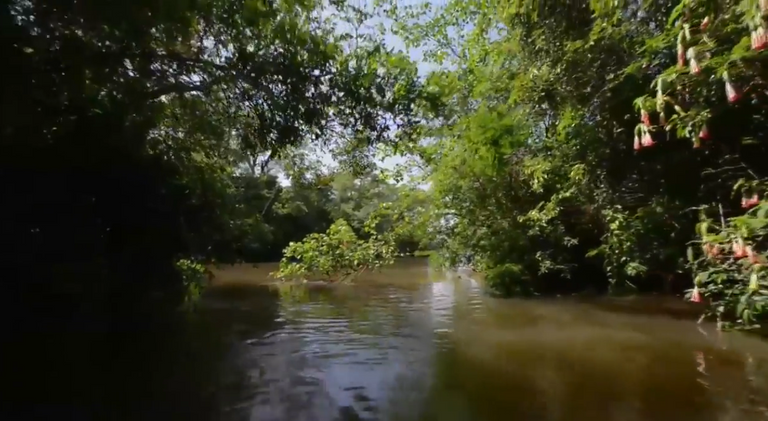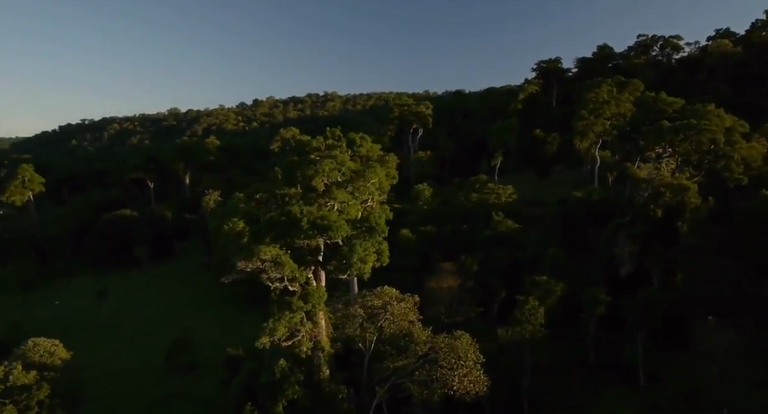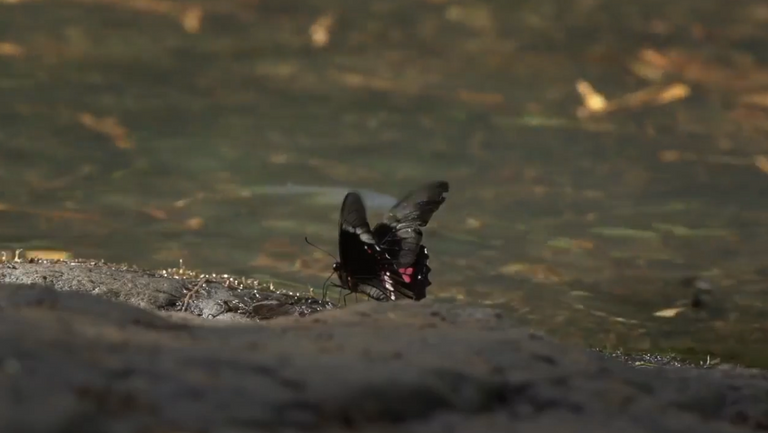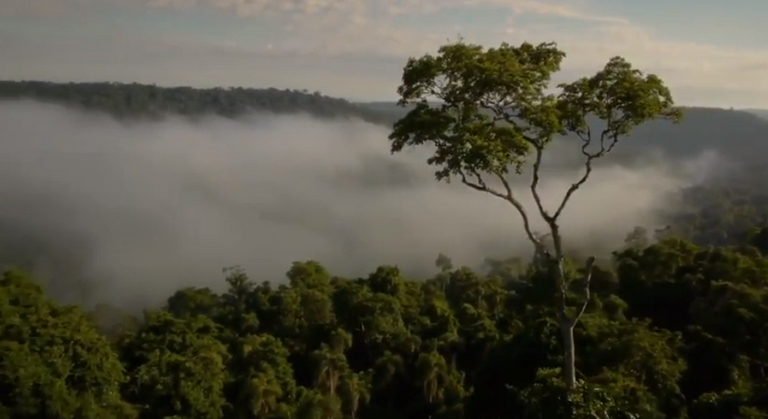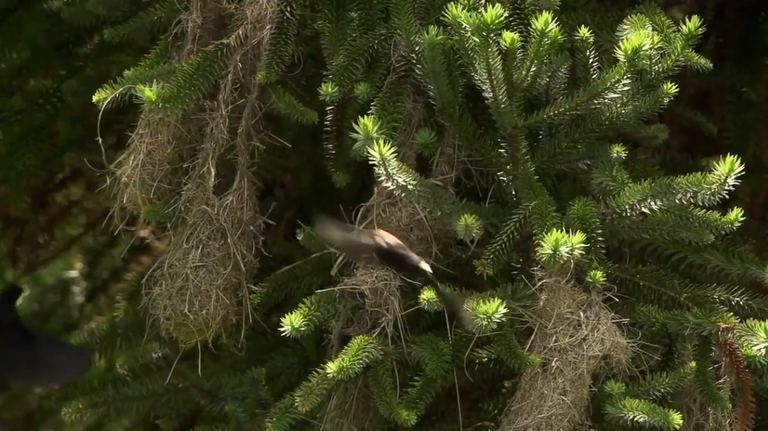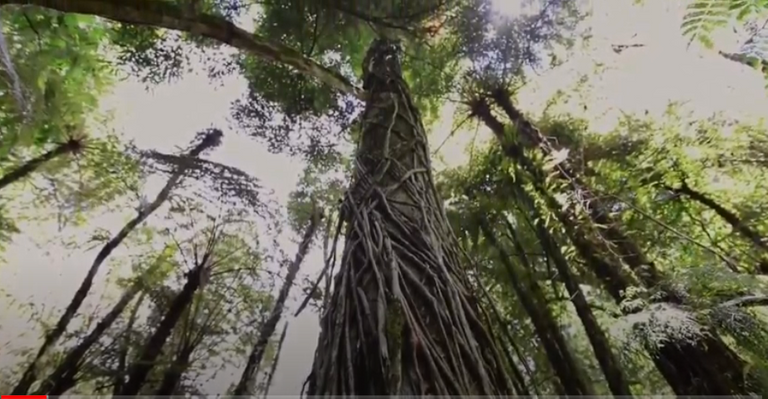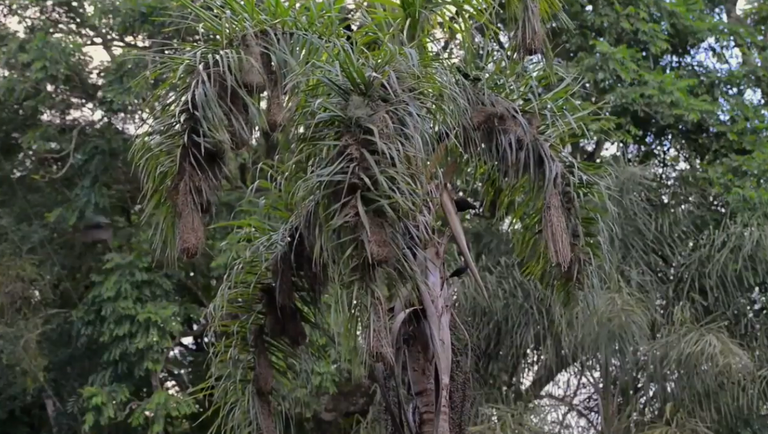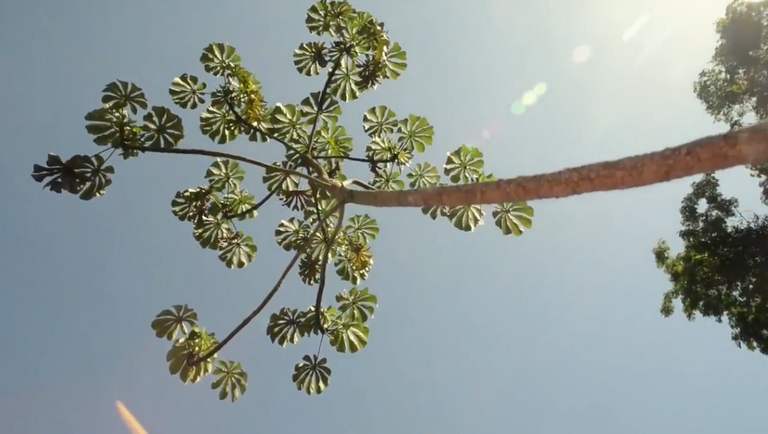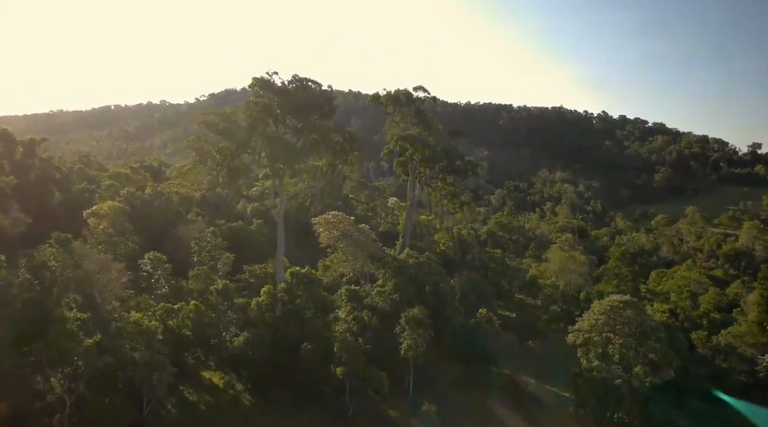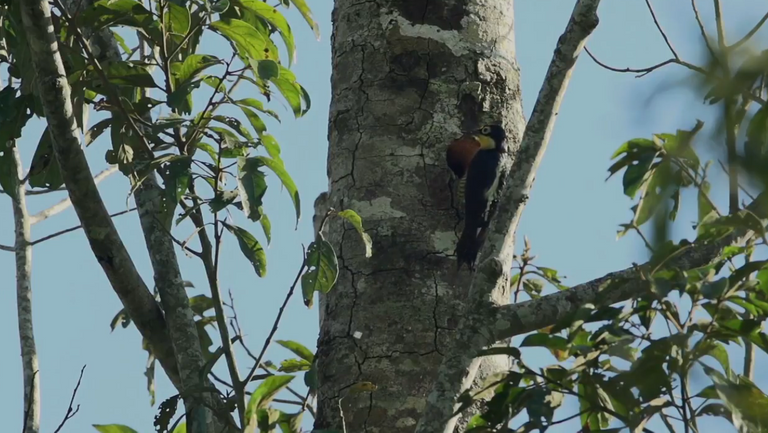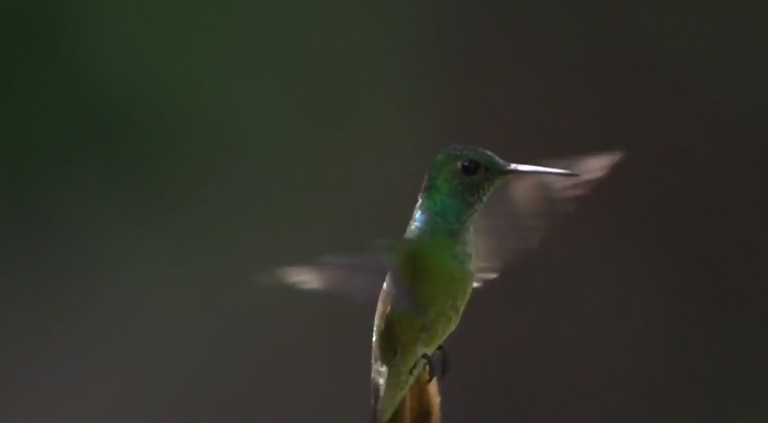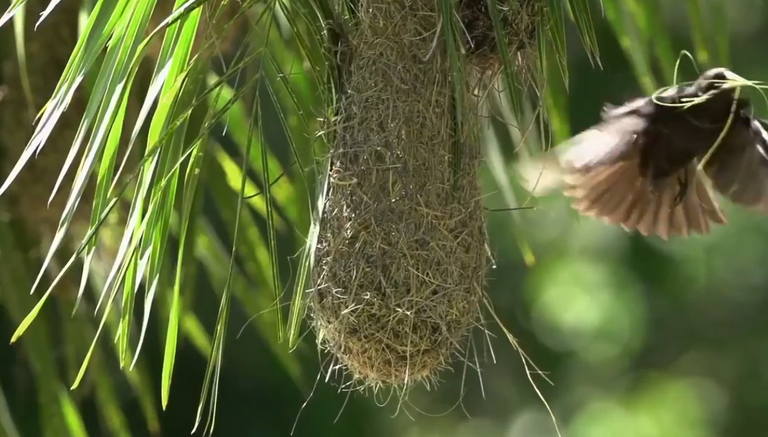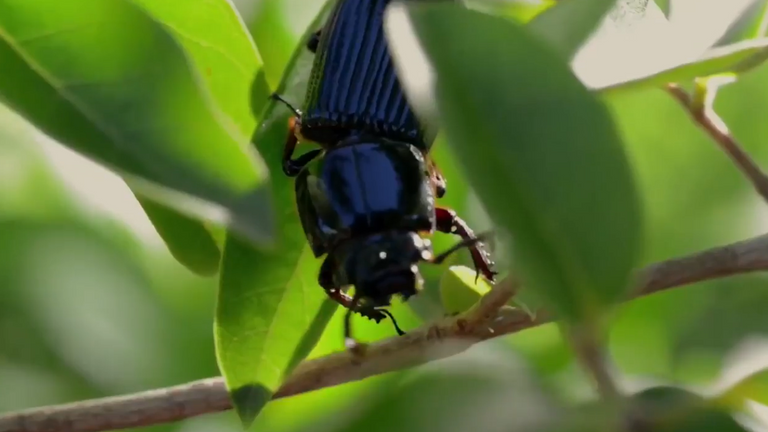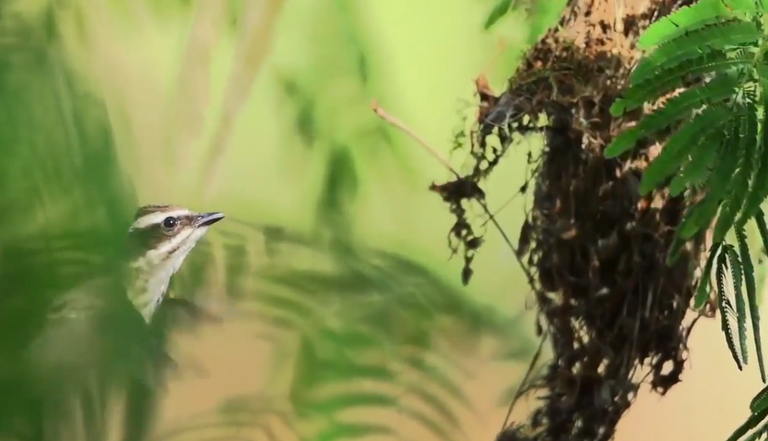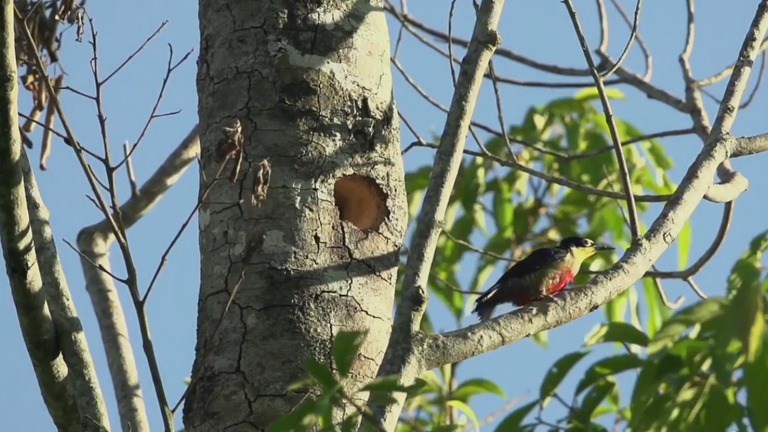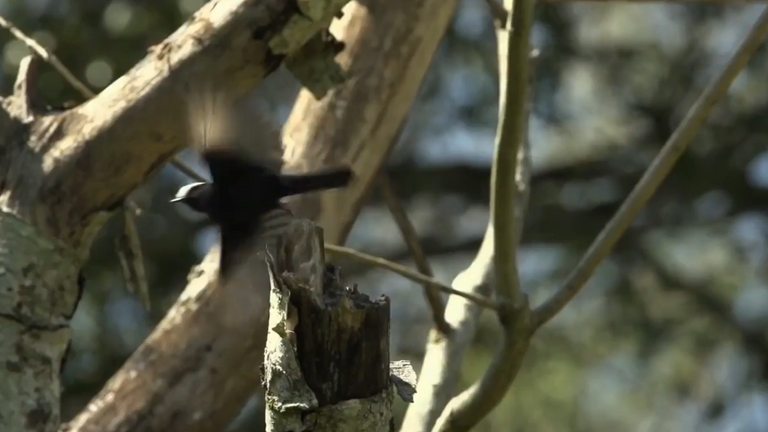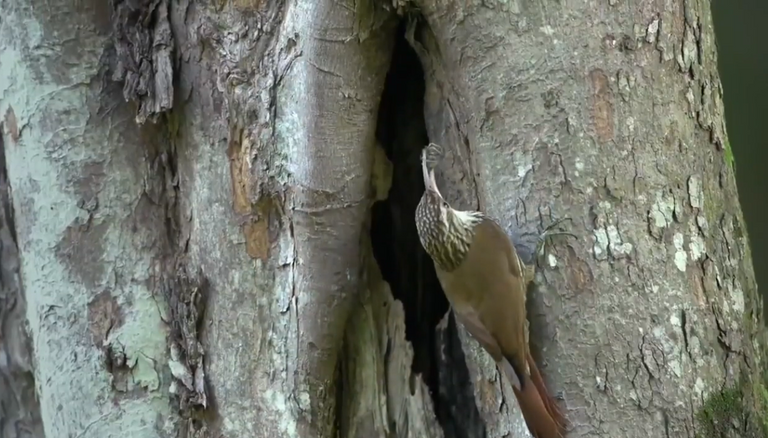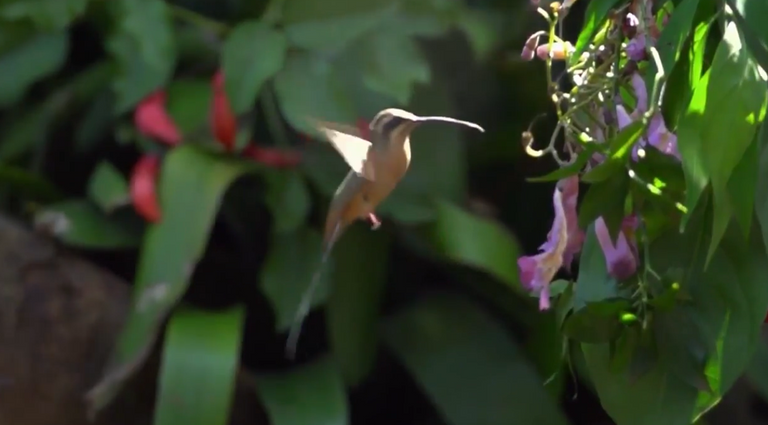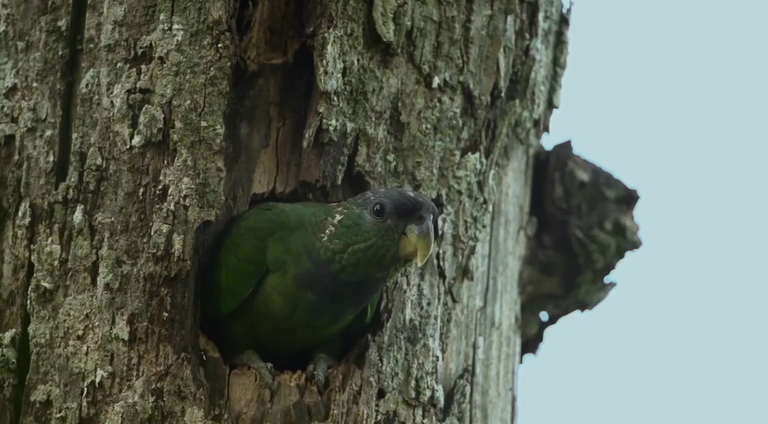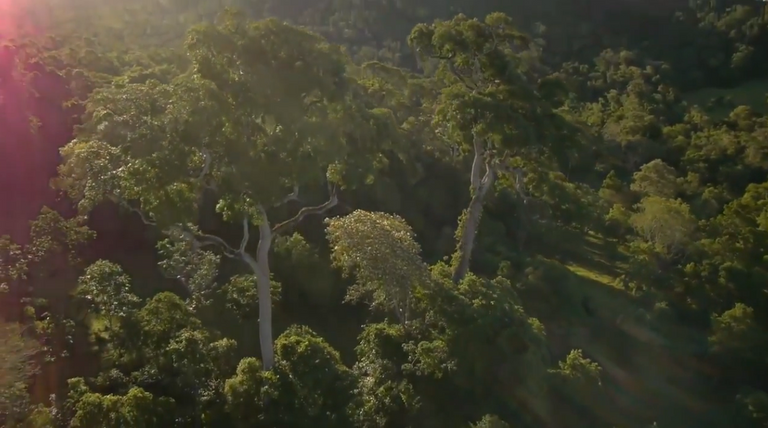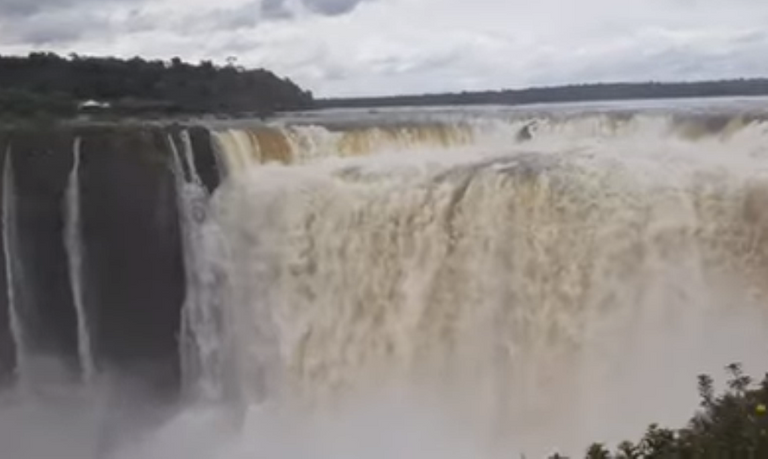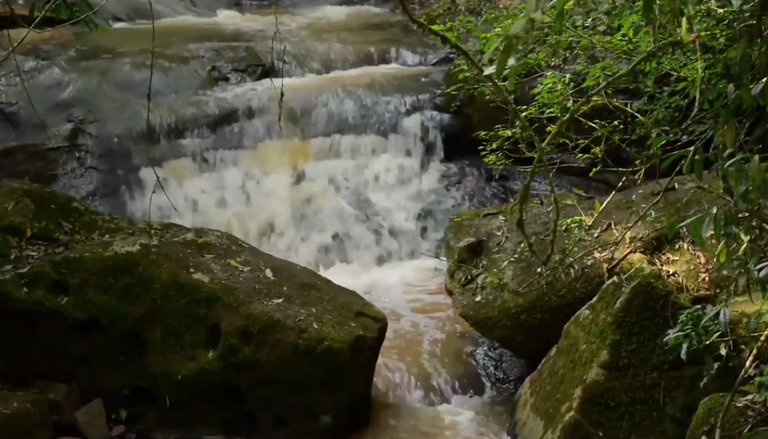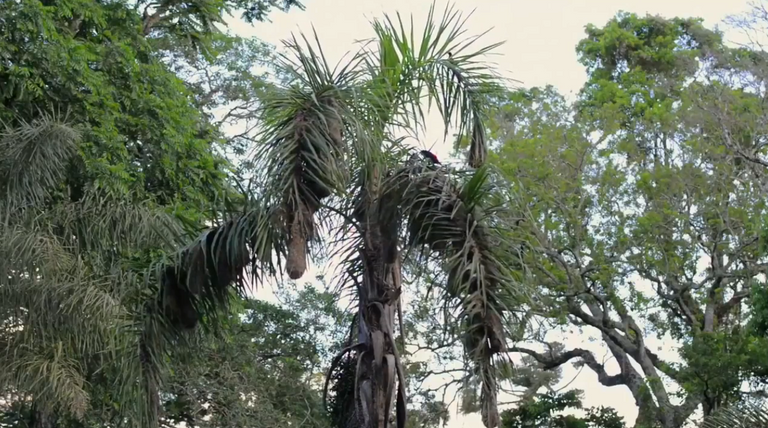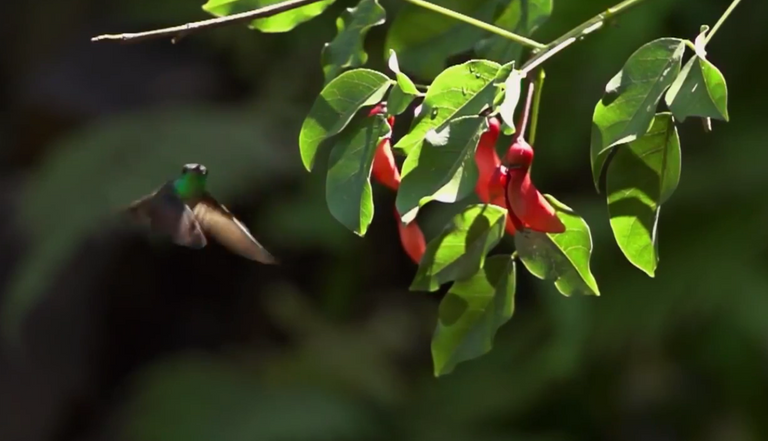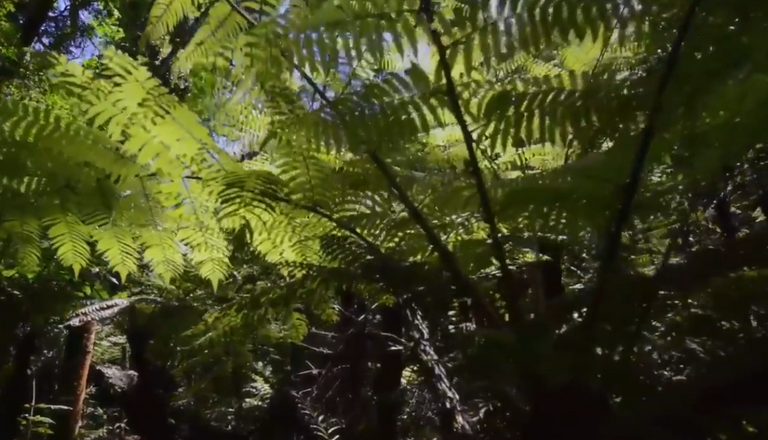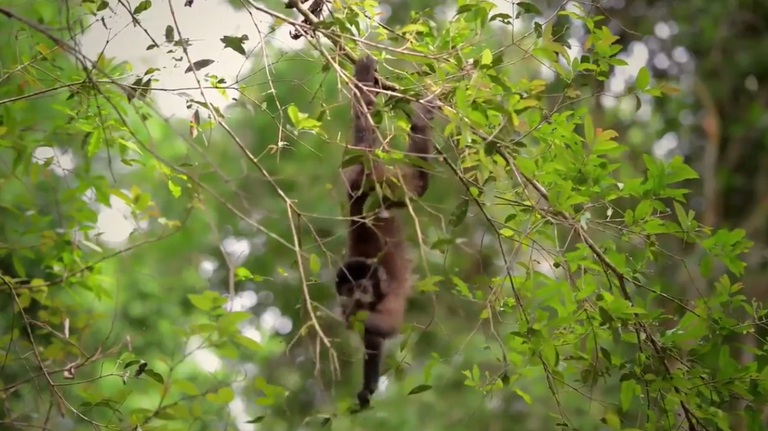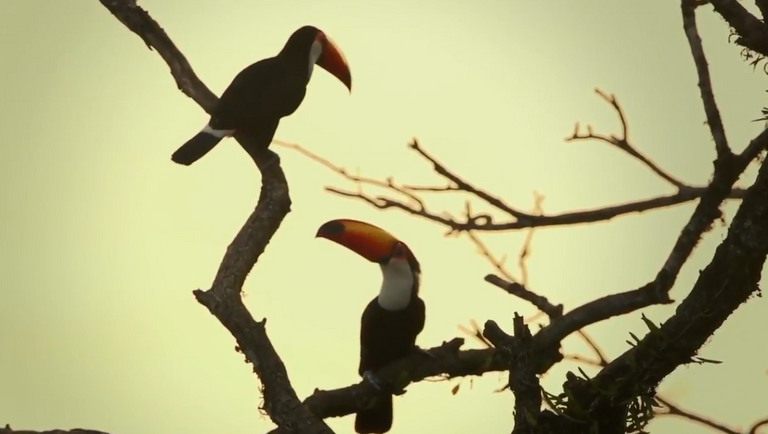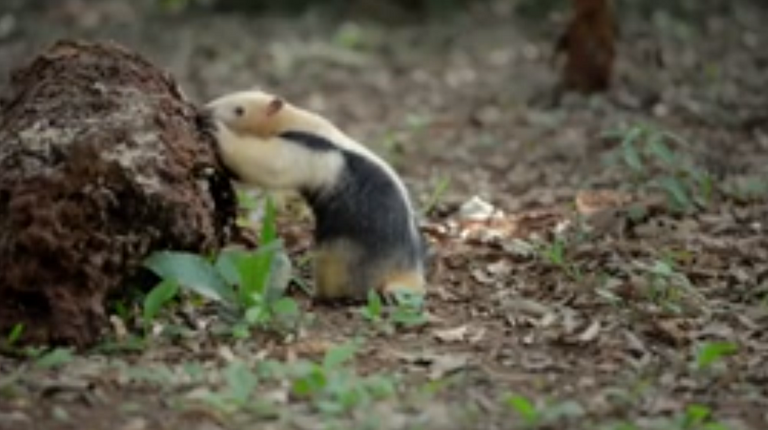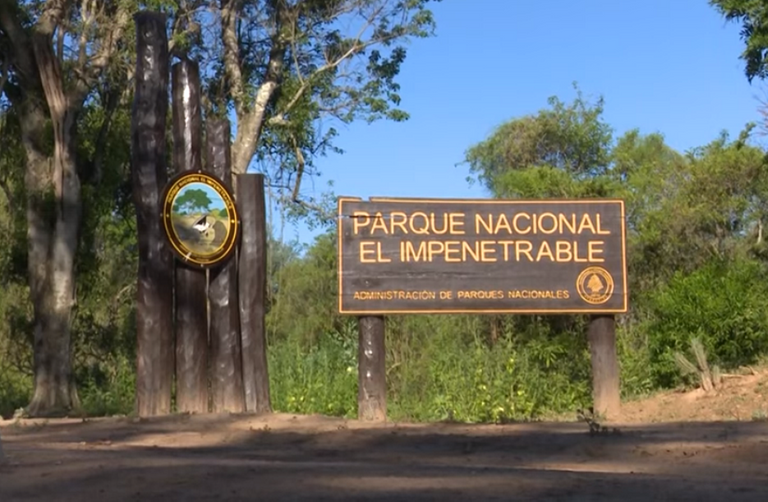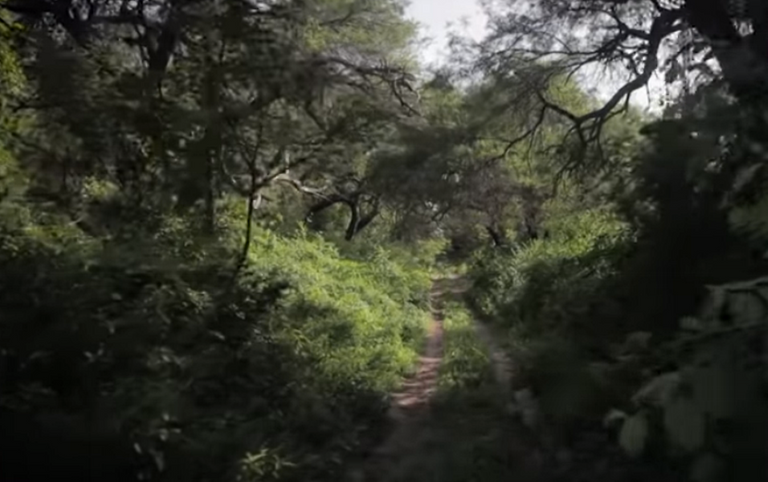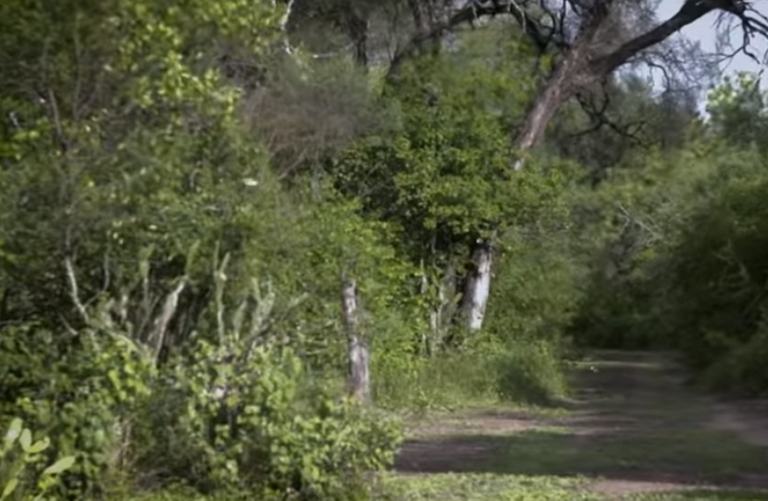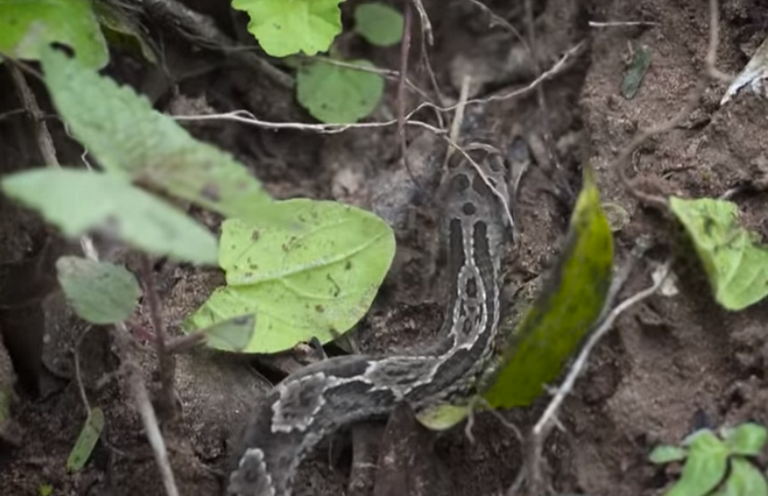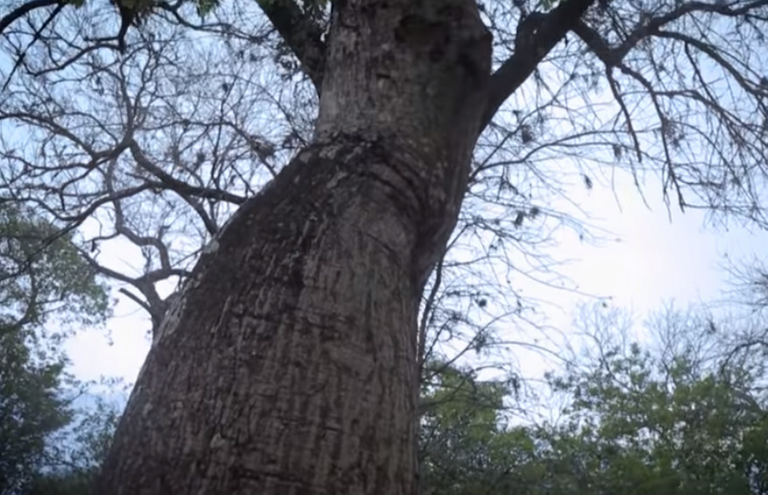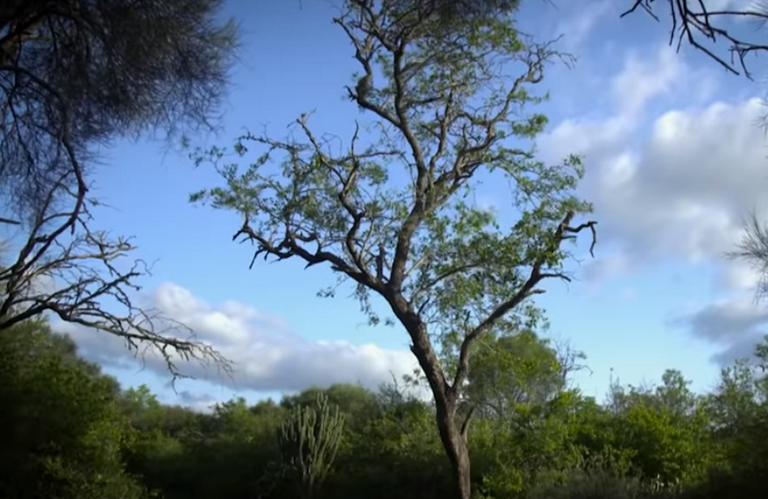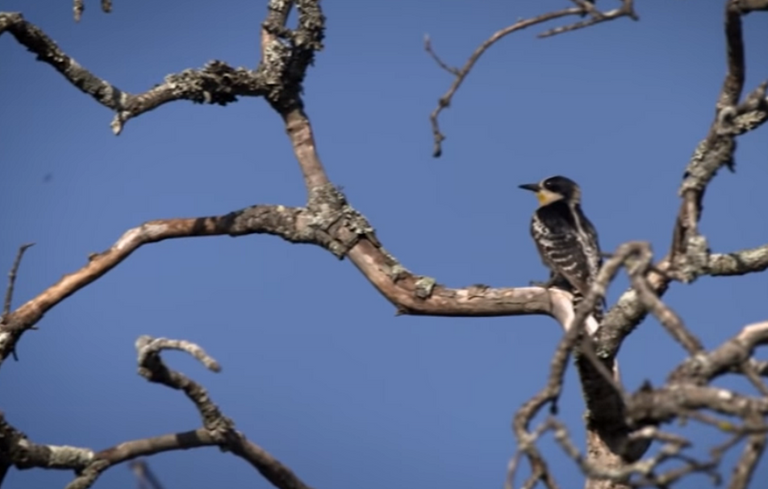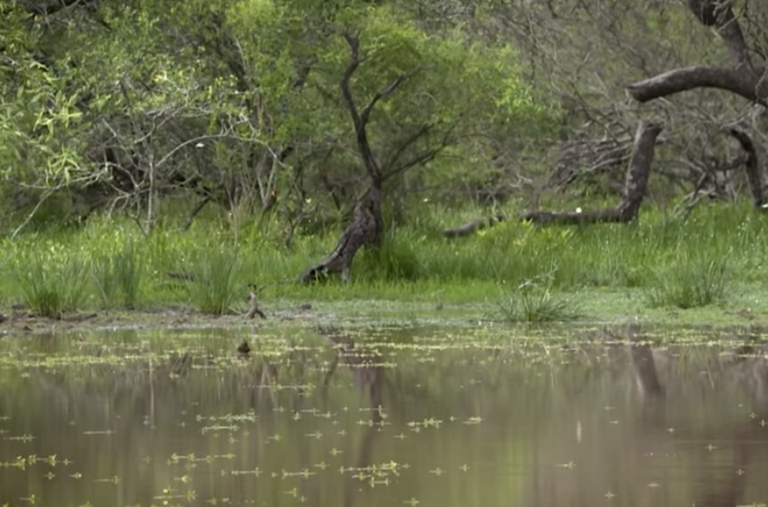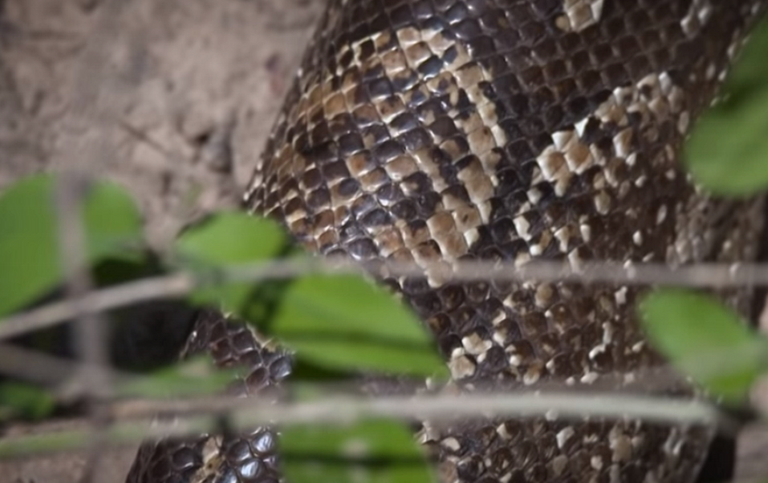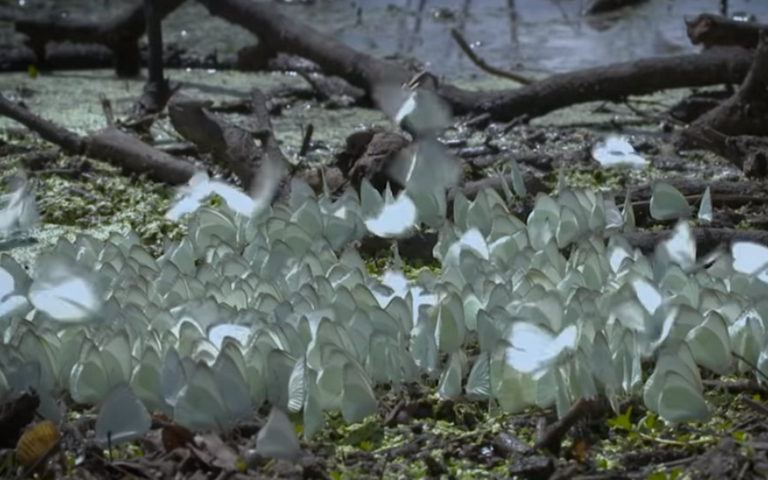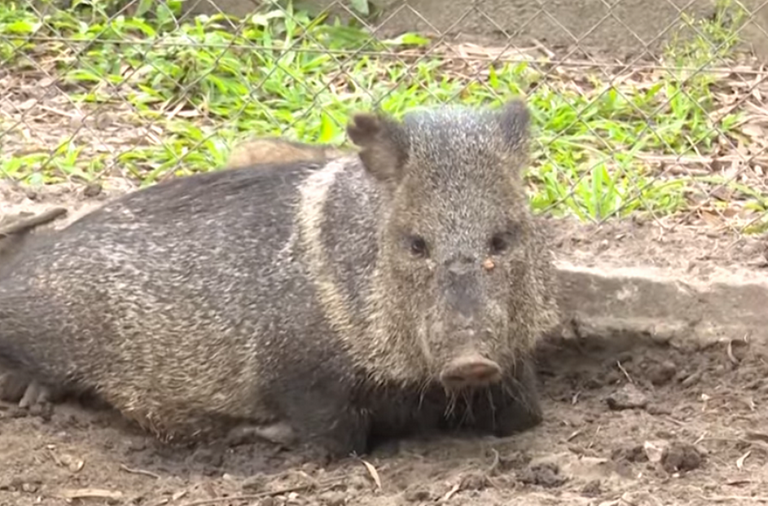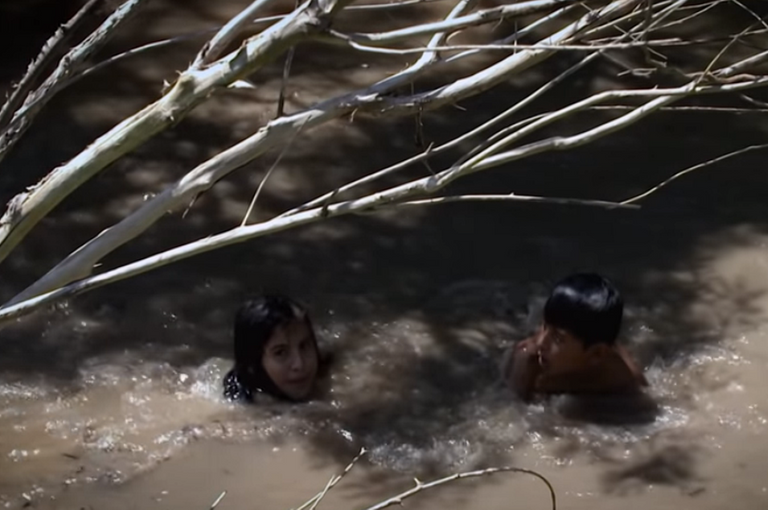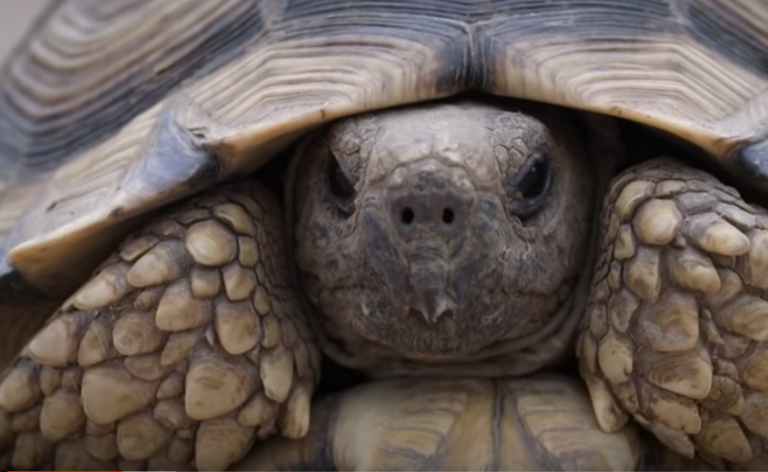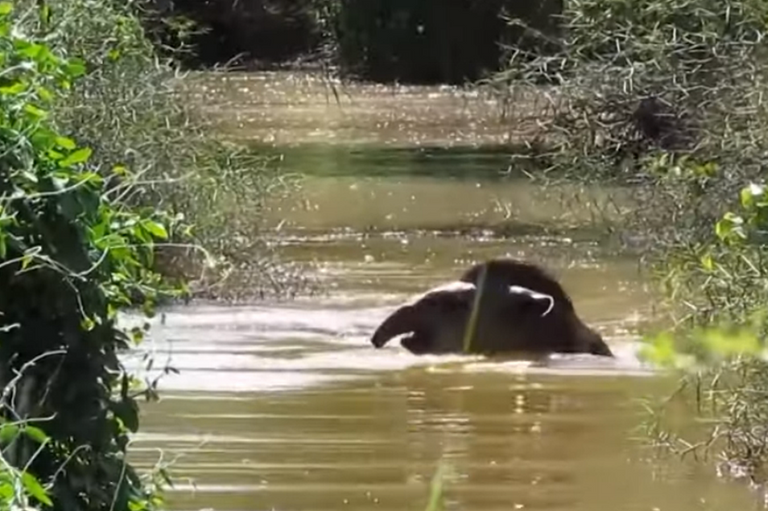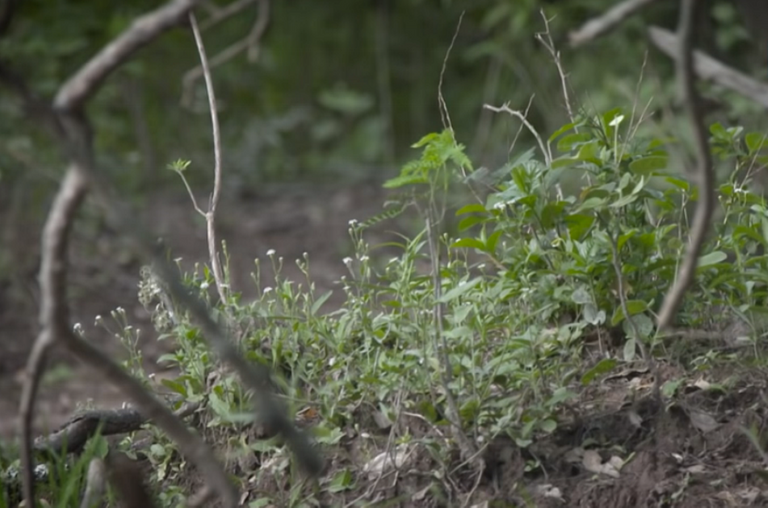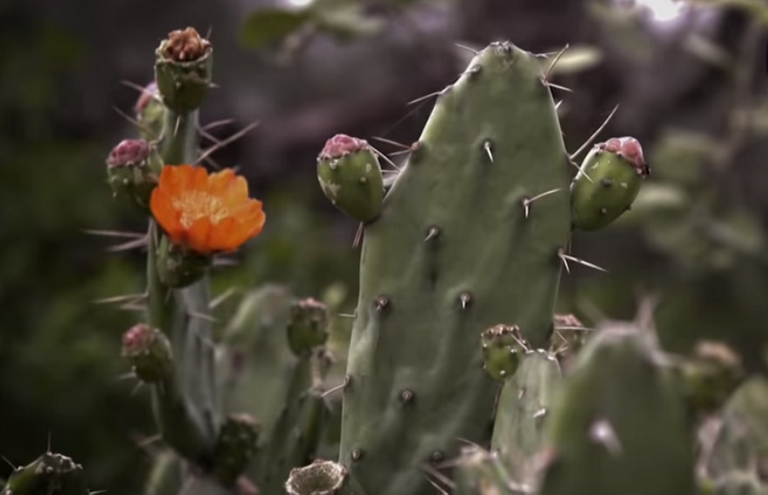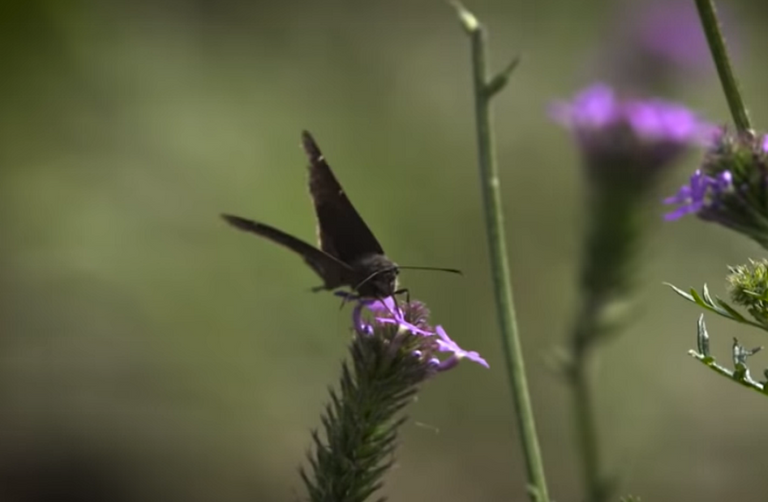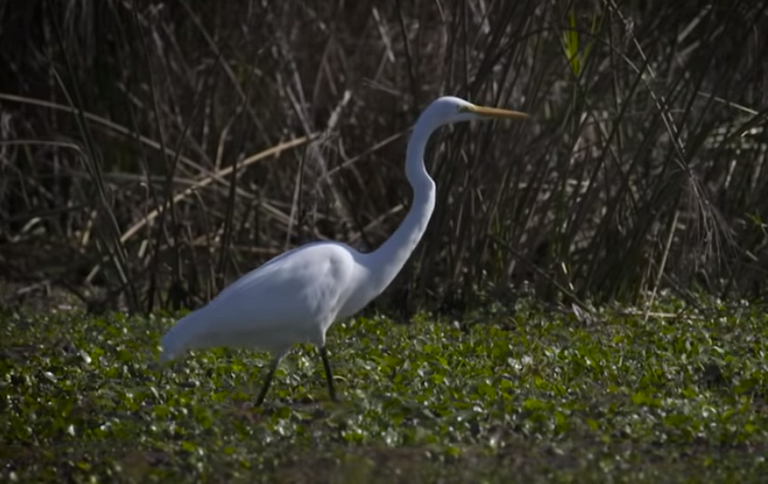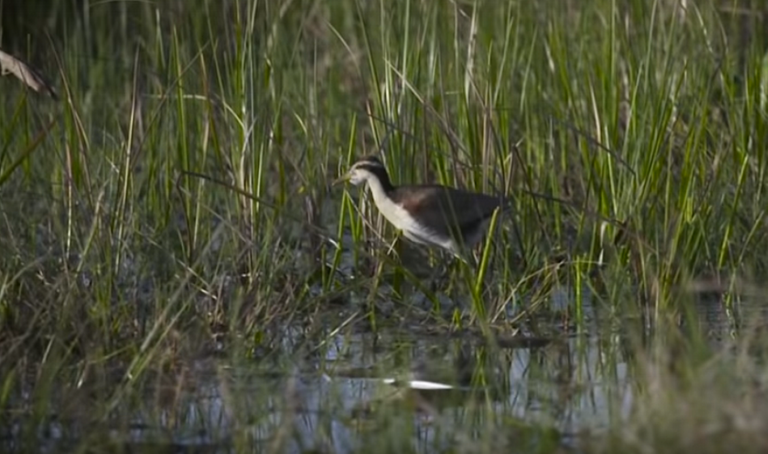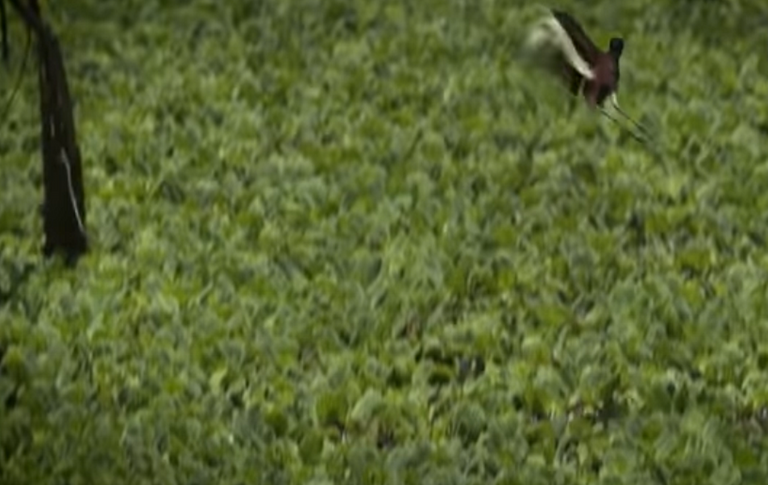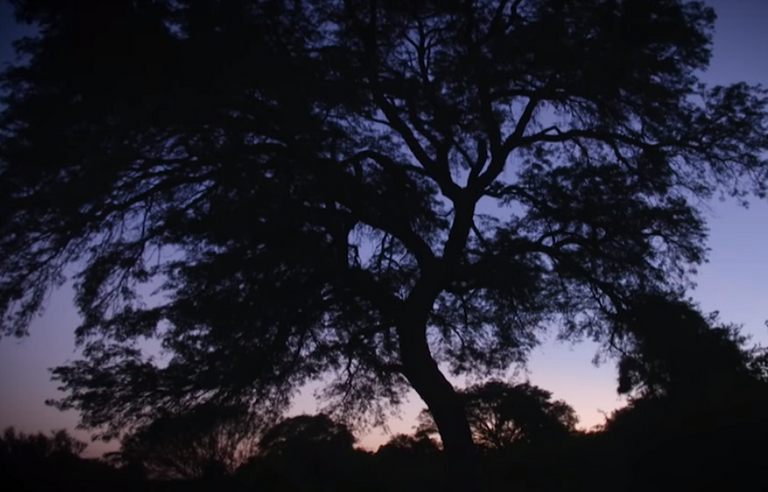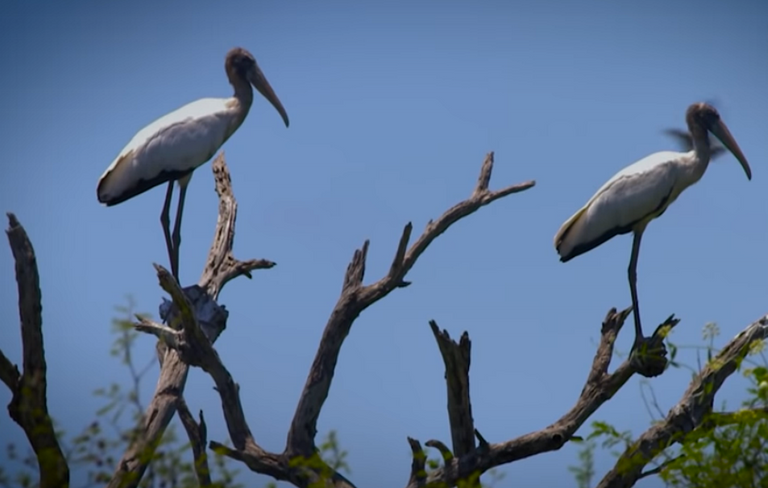The Iguazú National Park, where the famous Iguazú Falls are located, is located in one of the largest eco-regions on the continent, the Paraná jungle.
The formation of these waterfalls comprises about 270 falls that are found one after the other along about 4 kilometers in length, most of which are within Argentina, the largest being known as the "Devil's Throat".
That reaches 80 meters high, which is also one of the most visited for the beauty and majesty of the fall.
The Iguazú Falls, one of the Seven Wonders of the World, are made up of 275 waterfalls that fall from the most diverse heights. The highest, 80 meters, is known as the Devil's Throat.
Each side, or in this case countries, has perfectly placed walkways that allow you to get as deep as possible into the natural charm of the Iguazú Falls and thus enjoy different perspectives of each one of the falls of the falls.
There is no predetermined order for the tour, since for both sides it is the same, it starts walking from the north of the falls, which allows you to enjoy the native flora and fauna, as well as many viewpoints where you can take great photos, in order to reach the end point that is the already mentioned Devil's Throat.
A rich biodiversity in the Iguazú National Park.
This environment is popularly known by the name of Selva Misionera. Here are half of the bird species registered in the Argentine territory and the greatest diversity of orchids in the country, to cite just a few examples.
The Iguazú National Park was created in 1934 in order to conserve the environment and the biodiversity of the Iguazú Falls.
The flora and fauna that inhabit the Iguazú National Park represents one of the most biodiverse areas of Argentina, so majestic is the flora that the first Guarani who settled in the missionary jungle called it "The Country of Trees" or "Ibirá Retá ”In Guaraní.
La Aripuca is a theme park that aims to raise awareness among its visitors about the effects of indiscriminate felling of trees and care for the environment, as well as showing how the missionary jungle was once shaped.
Wildlife thrives thanks to the humid subtropical climate, the Paraná jungle occupies only 1% of Argentina and half of all the species of plants and animals in the country are concentrated there.
Iguazú National Park is a protected area that preserves one of the most biologically rich sites in Argentina.
Flora of the Iguazú National Park.
The native flora of the Iguazú National Park, understanding plants and flowers as such, has more than 2000 species.
Among them are beautiful orchids, ferns, palm trees, bromeliads and huge trees.
Do not forget that it is the land of the ceibo, the tree whose striking red flower is the national flower of Argentina.
The arboreal flora of the park has more than 90 species, the majestic "Palo Rosa" stands out, the largest tree in the Parana jungle, which reaches 45 meters in height and can live for centuries. Its name is due to the color of its wood, which is more noticeable when the cut is recent.
This superb tree is the one that reaches its greatest size in the missionary jungle, with 42 m specimens. high and 1.60 m. diameter.
Due to the fact that its number is scarce, it is declared a National Monument.
The bud of this plant is edible and very tasty, but its extraction causes the death of the plant, making it also an endangered species.
Other typical plants of the tropical regions found in the area are tree ferns, orchids, guatambú, palm, pindó and carnation from the air.
Currently the missionary araucaria, a giant of the jungle, was declared "critically endangered" by the International Union for Conservation of Nature (IUCN), due to overexploitation that has reduced and fragmented its natural distribution area.
And we must not forget that it is the land of the ceibo, the tree whose striking red flower is the national flower of Argentina.
The flora produces the fruits that constantly feed the animals of the park such as toucans, monkeys and coatis, among other members of the fauna of the national park.
In the missionary jungle you can see huge softwood ficus and fruits edible by monkeys during the day and bats at night, giant nettles, yellow ground orchids (highly prized for being one of the few that grow on land) and ferns of more than 80 years.
The main characteristic of jungle flora is the multiplicity of strata in which it develops, which occupy from the ground to the canopy of the tallest trees, forming a true green spider web of vines, lianas and hanging plants.
Fauna of the Iguazú National Park.
The visitor who enters the trails with an attentive spirit will have the sure opportunity to observe numerous species in their natural habitat.
Like the flora, we could not mention each of the species that make up the fauna of the Iguazú National Park because the list would be very extensive, for example, in the case of birds in the Iguazú National Park, there are more than 450 species.
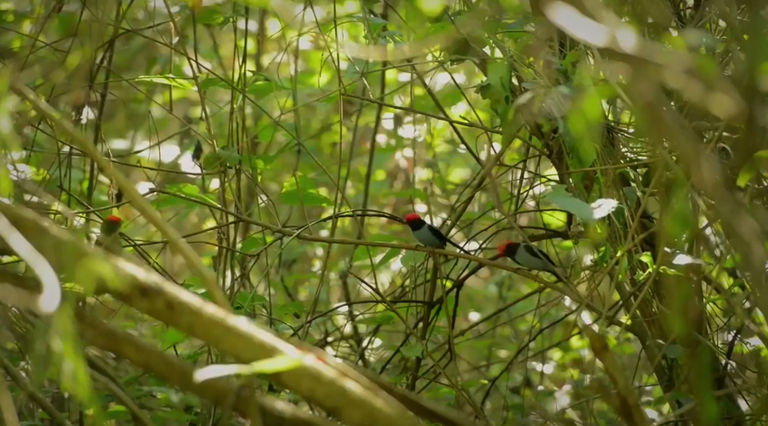
Many of the mammals have habits determined by the jungle environment they inhabit: they are arboreal and communal.
One of the most striking adaptations to life in the treetops is the development of a prehensile tail, which functions as a fifth hand.
Monkeys, such as the red carayá - known for emitting strong sounds that can be heard at a great distance - and monkey caí are highly appreciated when looking to photograph animals in the jungle.
If you pay attention, especially when you walk the Macuco Trail, and look up, you can see the Caí or Capuchin monkey, who moves with agile movements that look like a dance, high up in the trees.
Other animals that share this characteristic are the great bear, the weasels or opossums and the coendú, a rodent covered with thorns.
The large toucan is a characteristic bird of both the missionary jungle and the Chaco forest and the Yungas
The coatis, with their tail full of rings, are a very frequent spectacle for visitors who walk the catwalks.
He is mischievous and always moves in groups, delighting the boys, who play with them.
The cats, agile, silent and cunning hunters, are another wonder of the park.
The most important is the yaguareté, declared a National Natural Monument in 2001.
It consumes a wide variety of prey, including larger mammals.
Other smaller cats are the puma, the ocelot and the yaguarundí.
A show apart is the enormous variety of insects that populate the park. Butterflies are huge, with bright colors and strange shapes, a festival of natural design!
Among the bird species that can be seen the most within the park is the famous large toucan (5 types of toucans inhabit), magpies, terres, parrots and swifts, the latter species that we mentioned fly through the water columns from the waterfalls and can be easily seen from the balcony of the devil's throat.
Small, colorful, with extraordinary nuptial behavior, the blue dancers are true treasures hidden in the jungles of South America.
The swift is the bird that symbolizes the Iguazú National Park.
In addition to the birds, within the park there are more than 80 species of mammals, including 5 types of cats such as the Yaguareté or the Ocelot.
Some of the typical animals that can be found in the park's circuits are the Coatíes or the Caí Monkeys, which normally move in groups.
There are also innumerable amounts of insects, such as butterflies that are of all kinds of color and in the waters we can observe while walking on the walkways, turtles and alligators.
There are approximately 900 species of butterflies that fly in the jungles of northeast Argentina. Blue, Red, Yellow and an endless number of fragile metallic colors fly through the jungle of Paraná.
